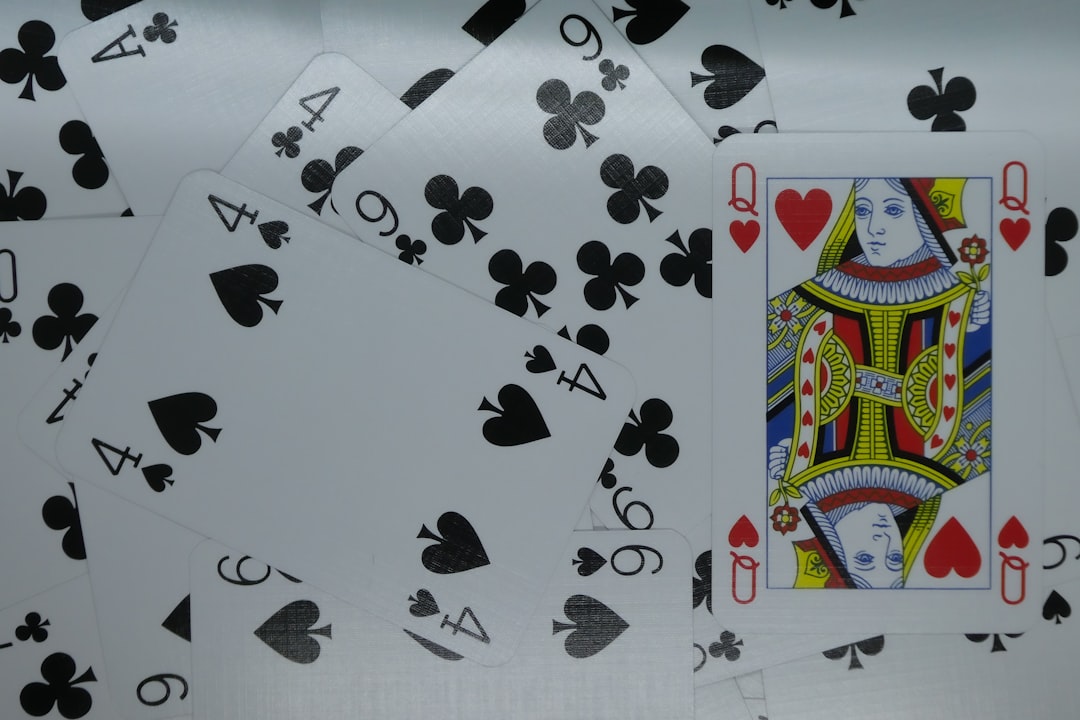Game Theory Optimal (GTO) poker has gained massive traction in recent years, especially among serious players, coaches, and analysts. It’s often discussed in highly technical terms, leading many to believe that mastering GTO is akin to solving calculus problems at a chalkboard. But is that really the case? Is GTO poker just all about complex math, or is there more to it that players of all levels can understand and apply?
What Exactly Is GTO Poker?
GTO, or Game Theory Optimal, refers to a strategy in which a player makes decisions that cannot be exploited over the long term, regardless of what their opponents do. This does not necessarily mean it’s the most profitable strategy in every spot, but it ensures that a player remains unexploitable.
At its core, GTO involves balancing your betting ranges and actions in a way that maintains harmony between value bets and bluffs. The concept was first formalized in games like chess and was adapted for poker with the help of computing advancements that could handle the vast number of variables involved.
Is GTO Just High-Level Mathematics?
There’s no denying that GTO poker heavily relies on the principles of game theory—a field within mathematics. However, equating it to calculus can be misleading. While similar in structure to solving equations, GTO is more about creating decision trees than performing derivative calculations.
The framework includes:
- Equilibrium Analysis: Understanding how both players can play optimally.
- Probabilistic Reasoning: Weighting your decisions based on the likelihood of outcomes.
- Range Construction: Systematically building hand ranges that balance possible holdings.
Though complex, many online tools and solvers have made GTO concepts more accessible. Applications such as PioSOLVER, GTO+ and Simple Postflop present strategies in user-friendly interfaces, enabling even intermediate players to explore optimal strategies.

How GTO Plays Out in Practice
Consider a simple situation: You’re on the river in a heads-up pot and considering whether to bluff. A GTO-based analysis might tell you that you should be bluffing with around 30% of your betting range to remain unexploitable. This doesn’t require knowledge of integrals or partial derivatives—it’s about understanding strategic ratios and applying them consistently.
In this sense, GTO is less about mathematical proofs and more about deeply strategic thinking, where math is a helpful but optional guide for implementation.
Real-World Application of GTO
Using GTO in real-world situations requires players to blend theory with practice. Here’s how a typical player might use GTO:
- Pre-flop Strategy: Open-raising ranges from each position are studied based on optimal frequency.
- Post-flop Response: Use solvers to understand ideal frequencies for c-bets, check-raises, and floats.
- River Decisions: Decide whether to bluff a missed draw based on balance, not emotion.
These concepts can be learned through targeted study rather than mathematical expertise. Players use hand histories, simulations, and GTO trainers to break down spots and internalize the strategies.
The Role of Calculus (or Lack Thereof)
It’s tempting to imagine GTO poker as a realm dominated by fools with PhDs in mathematics. However, advanced calculus has very little direct application for practical poker. Solvers themselves may use algorithms that involve calculus principles, but players interacting with these tools rarely need to understand those algorithms in depth.
What is far more relevant are concepts like:
- Expected Value (EV): The average return of a specific decision over time.
- Frequency Analysis: Determining how often you should perform a certain action to avoid predictability.
- Equity Distribution: Understanding how different parts of your range perform against opponent ranges.
These are all mathematical in nature but generally revolve around basic arithmetic, logic, and understanding of probability—not calculus-level computations.
Why Some Players Shy Away from GTO
GTO can feel intimidating because it seems abstract and rigid. Many players grew up learning exploitative styles of poker, targeting the weaknesses of opponents. Shifting to GTO feels like abandoning creativity for rigid rules.
But the beauty of GTO lies in its flexibility. It gives you a framework, not a script. Understanding GTO doesn’t mean you play like a robot; rather, it equips you with a baseline from which you can deviate intelligently.

Balancing GTO with Exploitative Play
The reality is that perfect GTO play isn’t always the best route to profitability—especially in low to mid-stakes games. Rather, GTO serves as a foundational strategy from which players can make informed deviations when they spot weaknesses.
This means that you can exploit a weak opponent who always folds to 3-bets, even if GTO suggests some folds of your own. The difference is that with GTO knowledge, you know precisely how much you’re deviating and can adjust accordingly.
When to Use GTO
- When facing unknown or strong opponents.
- During high-stakes tournaments where unpredictability matters.
- To analyze play and identify leaks.
When to Deviate
- Against opponents with clear tendencies.
- In low-stakes environments where players don’t adhere to GTO defense frequencies.
- To maximize value in soft games where balance is less necessary.
Learning GTO Without a Math Degree
You don’t need to study calculus to become proficient in GTO concepts. What you do need is structured study and access to the right tools:
- Beginner Tools: Platforms like GTO Wizard and DTO Poker Trainer provide introduction-level access to solver outputs.
- Intermediate Analysis: Review your own hand history using GTO ranges.
- Community Feedback: Participate in forums like 2+2 or Reddit’s r/poker for diverse perspectives.
The key is repetition and familiarization, not solving for X in complex variables.
The Final Word
So, is GTO poker just calculus in disguise? Absolutely not. While it has mathematical underpinnings, practical GTO strategy is built on logic, consistency, and game-theory applications that most players can grasp with dedicated study. It’s less about math degree credentials and more about your willingness to study patterns, understand ranges, and use modern tools.
If you approach GTO not as an insurmountable wall of equations, but as a strategic compass, you’ll find that it offers a dependable roadmap to better decisions and long-term success at the tables.



